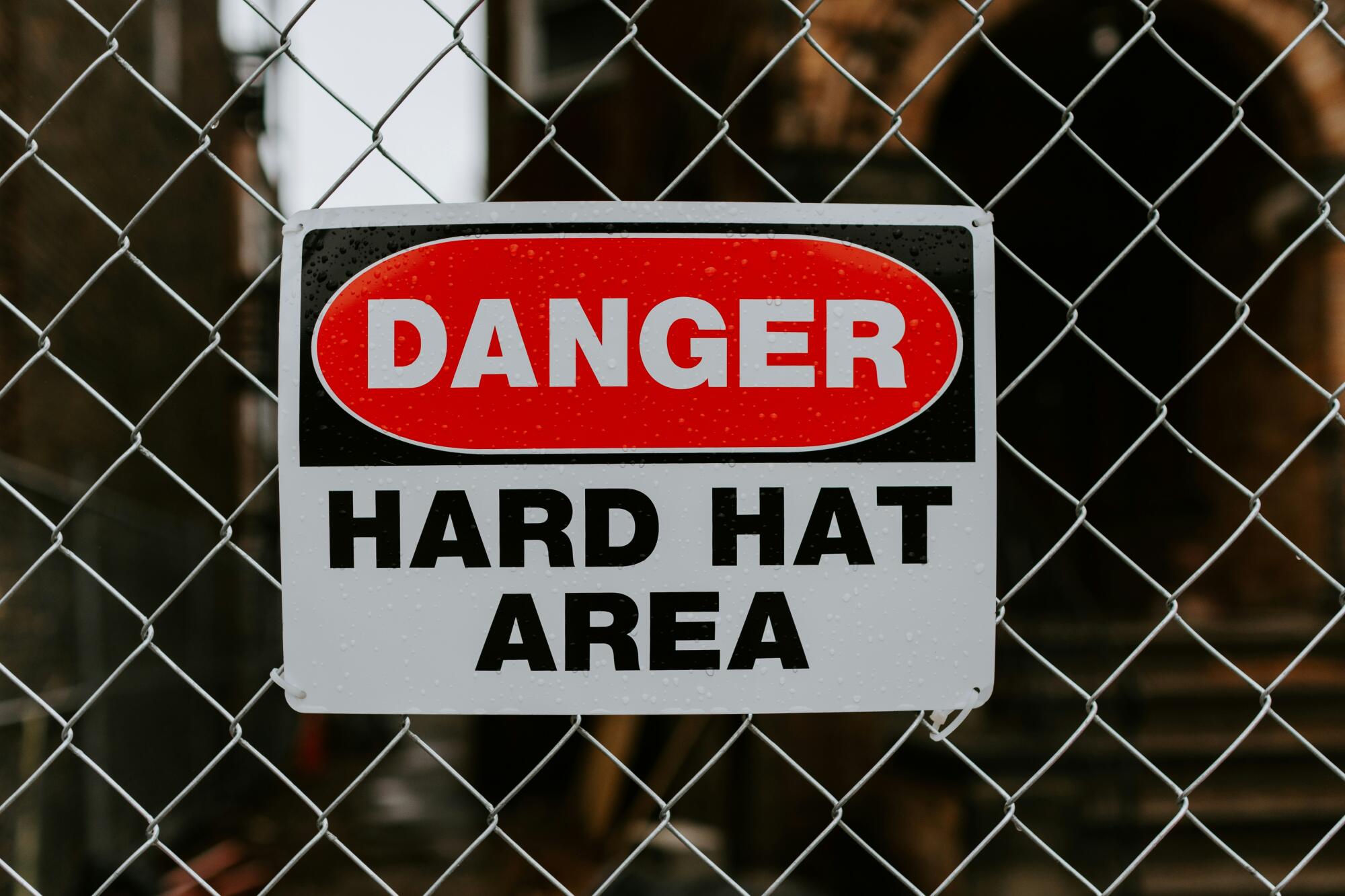In the world of construction, effective signage isn't just a regulatory requirement. It's a crucial aspect of ensuring site safety and smooth project management. Whether you're overseeing a high-rise build in the city or a road improvement project in a rural area, choosing the right construction signs can make all the difference.
This listicle will guide you through selecting the best signage options for your project. We'll help ensure regulatory compliance, enhance visibility, and leads to a safer and more efficient worksite.
Let's dive in!
Understand the Types of Construction Signs
Before you select specific signs, you need to understand the different types of construction signs. You need to know their purposes. Generally, construction signs fall into four categories:
Warning Signs
These signs signals workers and the public to possible hazards. Examples include "Caution," "Danger," and "Warning" signs. They indicate areas where extra vigilance is required.
Mandatory Signs
These signs specify actions that must be taken to ensure safety. This includes "Hard Hats Required" or "Protective Footwear Must Be Worn."
Prohibition Signs
These indicate actions that are not allowed on the site, like "No Smoking" or "Do Not Enter." They are useful for maintaining safety and preventing unauthorized access.
Information Signs
These signs provide general information about the site. This includes the project details or emergency contact numbers. They are essential for ensuring clear communication and keeping workers informed.
Most of these signs include standardized symbols and colors. This way, they can convey their message quickly and efficiently.
Assess Your Site's Specific Needs
Every construction project is unique, and your signage should reflect the specific needs of your site. Start by conducting a thorough site assessment. This will help you identify potential hazards and areas where signs are required.
Consider factors such as the size of the site, the number of workers, and the type of work being carried out. For example, a site with heavy machinery might need more "Caution" signs. A project involving hazardous materials might require additional "Danger" signs.
Regulatory compliance is another critical factor to consider. Different regions have specific regulations. They have specific requirements for construction signs, including their size, color, and placement.
Ensuring your signs meet these standards is crucial for avoiding fines. It helps maintain a safe work environment.
Prioritize Visibility and Readability
Visibility is a big consideration when choosing construction signs. Signs must be easily seen by workers and the public, even from a distance.
High-visibility colors like yellow, orange, and red are standard for construction signs. This is because they stand out against most backgrounds.
Reflective materials or illumination can further enhance visibility. This is especially the case in low-light conditions or during night shifts. So danger signs are easy to spot, even in the dark.
Readability is equally important. Use clear, concise language and easily recognizable symbols to convey your message. The font size should be large enough to read from a distance.
There should also be contrast between the text and background to ensure readability. For example, black text on a yellow background is a common and effective combination.
Choose Durable Materials
Construction sites are exposed to various environmental conditions, from harsh sunlight to heavy rain and snow. Your signs need to withstand these elements without fading or becoming illegible. Common materials for construction signs include:
Aluminum
This is a popular choice due to its durability and resistance to rust and corrosion. It's also lightweight, making it easy to install on different surfaces.
Polyethylene
Polyethylene is a sturdy plastic that can withstand harsh weather conditions. It's also flexible, making it suitable for curved surfaces or uneven terrain.
Vinyl
Vinyl is a cost-effective option that can withstand UV rays, water, and temperature fluctuations. It's also lightweight and easy to install.
Consider the location of your signs when choosing materials. For example, those near roadsides may need more durable materials than those placed inside the construction site.
Incorporate Site-Specific Information
Generic signs are essential. However, incorporating site-specific information can enhance safety and efficiency.
Tailor some of your signs to address the aspects of your project. For example, if there's an area where falling debris is a risk, a sign reading "Caution: Falling Debris" is needed. It is better than a general "Caution" sign.
You should also consider multilingual signs if your workforce is diverse. This ensures that all workers, regardless of their native language, understand the protocols. Clear communication is vital for maintaining a safe and productive work environment.
Regularly Update and Maintain Your Signs
Construction sites are dynamic environments that change as the project progresses. Regularly updating your signs to reflect current conditions is crucial. For example, if a new hazard emerges, putting up a relevant warning sign can prevent accidents.
Maintenance is also essential. Regularly inspect your signs to ensure they are still legible and securely in place.
Replace any damaged or faded signs immediately. Keeping your signage in good condition is important. It helps in maintaining site safety and compliance.
Leverage Technology for Advanced Solutions
With advancements in technology, there are now more advanced options for construction signage. This includes electronic signs. They can display changing messages or they can also flash during emergencies.
You can also use drones fitted with cameras. You can monitor hard-to-reach areas and display live feeds on electronic signs. This allows you to identify potential hazards. It can also help alert workers in real time.
Other options include using GPS-enabled signs. They can track the location of workers and equipment for better logistical coordination.
Incorporating these advanced solutions into your signage strategy can be great. It can enhance safety on your construction site.
You should also make sure to stay updated on the latest technologies. And don't forget to consider implementing them where appropriate.
Construction Signs Are Crucial for Safety and Compliance
There you have it - a guide to choosing the right construction signs for your project. Remember, effective signage is more than just regulatory compliance. It's about creating a safe and efficient worksite.
Be sure to assess your site-specific needs, prioritize visibility and readability, choose durable materials, incorporate site-specific information, regularly update and maintain your signs, and explore advanced solutions. With these tips in mind, you can keep your workers safe while also ensuring smooth project management. Keep building safely!
Did you find this article helpful? If so, check out the rest of our site for more.


































